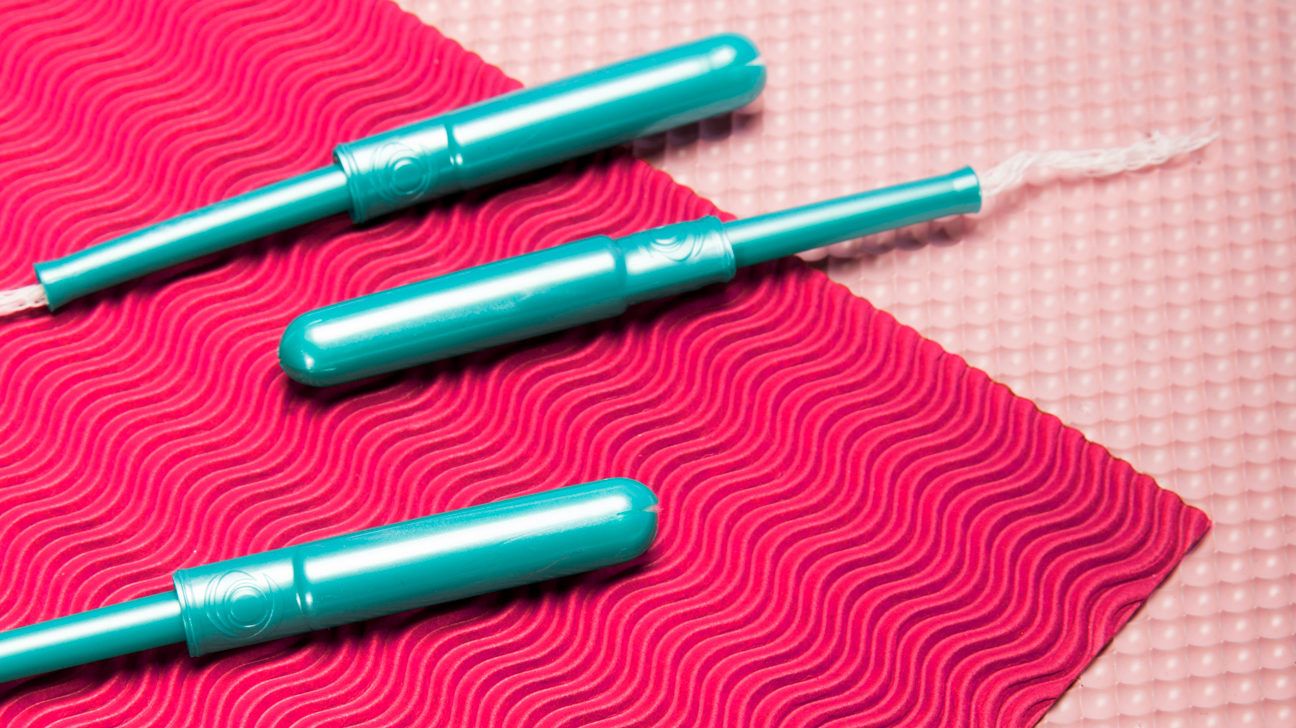We have lots of rules to live by — some optional, some not. There’s the 5-second rule for picking up food that fell on the floor. The 1-day rule for texting that heart-eyes-emoji crush from the night before. And of course, the 8-hour rule for changing your tampon.
But if you forget to switch, or you’re stuck somewhere and you don’t have a spare tampon, what’s the worst that can happen?
We’ve all heard about the apparent price you pay for laziness — the terrifyingly named toxic shock syndrome (TSS) — but we’ve also heard it’s super rare. So is it a real risk, or are we unnecessarily freaking out in the final hours?
The long and short of it: TSS is extremely rare. It affects around one in 100,000 women, says Wendy Chang, MD, partner and scientific director of Southern California Reproductive Center.
As any tampon box will tell you (thanks to a 1982 government mandate), TSS is the result of an infection. Most commonly in the cases of menstrual (period-related) TSS, the culprit is staphylococcus aureus (staph) bacteria.
Turns out, everyone actually has some trace of staph bacteria on their skin and, in this case, in their vagina. That’s normally fine — it typically won’t do any harm.
The trouble arises when that bacteria start mass-producing and producing toxins, a situation that can be sparked by the extended presence of a tampon hanging out in your vaginal canal, says Sherry Ross, MD, an OB/GYN and women’s health author based in Los Angeles.
Leaving a tampon in for 12 hours doesn’t spell certain death or even an onset of TSS, Ross says. Lost or forgotten tampons are super common, sometimes for weeks at a time, and the only negative effect is a bad (OK, extremely foul) smell.
On the flip side, TSS can affect people after just 9 hours of tampon use — so what gives? Ross says it probably comes down to your levels of staph bacteria at any given point.
It’s still unclear what makes people more susceptible, but tampons give the bacteria a place to flourish. So, the more material there is, the more room there is for them to grow (thus, the jumbo-size ’80s outbreak).
And when blood is present, it acts as a fuel. As Ross puts it, it’s “like a buffet for this staph to duplicate, because it’s so rich with everything it needs.”
Keep an eye out for the flu-like symptoms of TSS.
The symptoms include:
- sudden fever
- confusion
- diarrhea
- dizziness
- feeling faint
- headache
- low blood pressure (hypotension)
- muscle aches
- nausea
- redness of the eyes, mouth, and throat
- seizures
- vomiting
Another telltale sign is a rash that looks like a sunburn, particularly on the palms of your hands and the soles of your feet. Sometimes the rash will appear all over. If you see that, get medical help right away.
You can take some simple steps to reduce your risk of TSS. Change your tampon every 4 to 8 hours and use tampons with low absorbency.
Leaving a tampon in longer than the recommended 8 hours ups the risk, as does choosing the super-mega absorbency option (the more material, the more space for bacteria).
Don’t freak out if you realize you’ve forgotten to change your tampon. If it’s only been left in for 12 to 24 hours and you feel fine, just remove it and go on your way. If it’s been longer than that or you can’t remove it yourself, see a doctor for removal and a checkup.
Some rules exist for a reason. (That 1-day texting thing? Not one of them.)
Although TSS is super rare and mortality rates have decreased in the last two decades, gambling with your health isn’t worth it.


